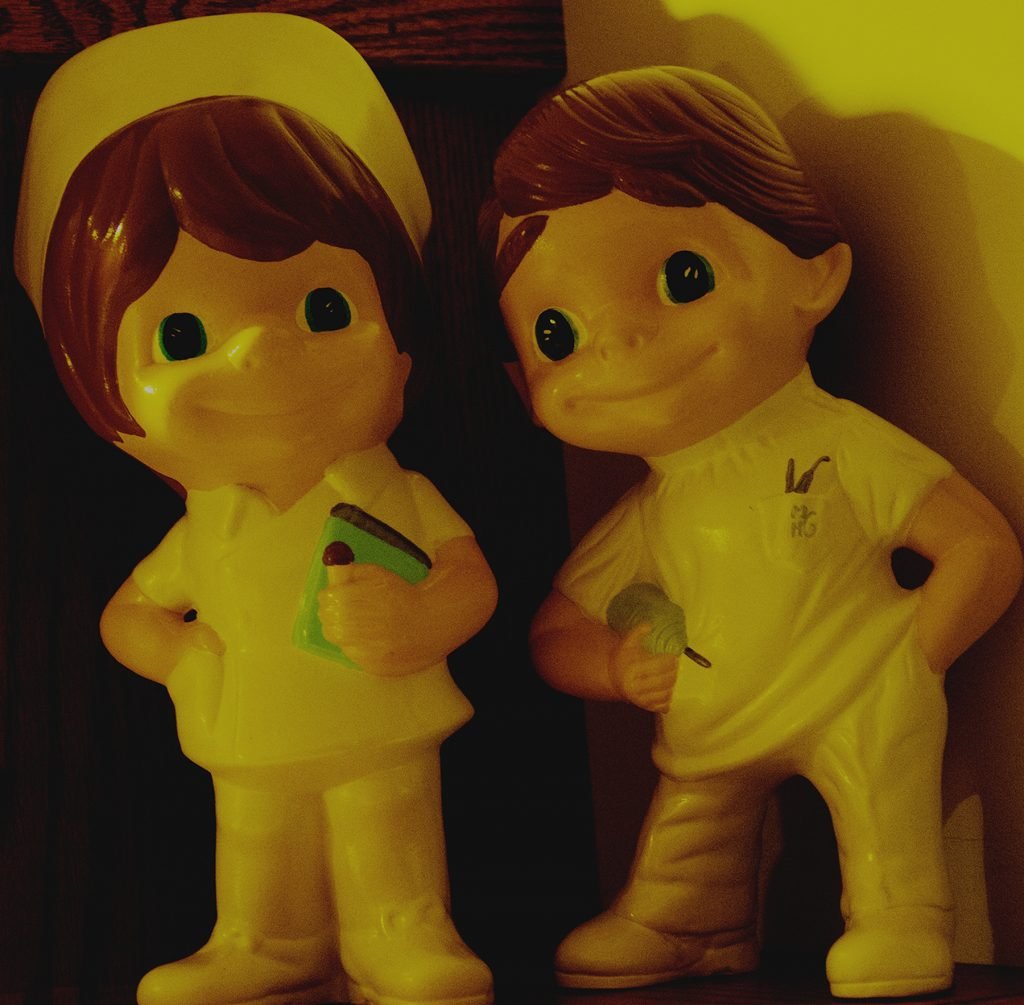Government of Canada’s plan to end the prohibition on recreational pot use is going through the parliament and will soon become a law.
Although cannabis plant has a history of medicinal use dating back thousands of years across many cultures, scientifically the use of medical cannabis is controversial.
Unfortunately, we do not live in a perfect world. Majority of the people are blessed with good health. Some of them maintain their good health by way of pursuing healthy lifestyle.
Others are not so fortunate. Some suffer from chronic incurable diseases, chronic pain, and significant disabilities. They need more than regular comfort and painkillers.
As doctors, our job is to relieve pain and suffering. So what is the role of marijuana in relieving pain and suffering? How can we prevent abuse? Can we find a right balance between proper use of marijuana, harm reduction and abuse? That is not going to be easy.
We are still struggling to get alcohol abuse under control. Alcohol abuse has already taken many innocent lives by way of motor vehicle collisions, brain damage and domestic violence.
Now the health care system and law enforcement agencies will have to deal with marijuana abuse and its unfortunate consequences. Although marijuana is legalized for medical use only, it is already available in the market for drug abuse. Soon recreational use of marijuana will become legal.
Legalising recreational marijuana is going to be a money making business. Ottawa has agreed to give the provinces and territories 75 per cent of tax revenues from the sale of marijuana. But the doctors are worried. Statistics show Canadians have one of the highest rates of non-medical marijuana usage in the world.
A report in the Globe and Mail (December 13, 2017) by Geordon Omand says, “There is little to no research to support the supposed benefits of medical cannabis, and what evidence exists suggests that using marijuana as medicine may do more harm than good.” Family doctors’ associations support this statement across Canada.
There is limited evidence to suggest cannabis can reduce nausea and vomiting during chemotherapy, improve appetite in people with HIV/AIDS, and reduce chronic pain and muscle spasms.
Like any other medication marijuana is not without adverse effects. Short-term use increases the risk of both minor and major adverse effects. Common side effects include dizziness, feeling tired, vomiting, and hallucinations.
Long-term effects of cannabis are not clear. Concerns include memory and cognition problems, risk of addiction, schizophrenia in young people, and the risk of children taking it by accident. American Academy of Paediatrics opposes the legalization of medical cannabis.
The College of Family Physicians of Canada has advised its members to use cannabis for chronic pain or anxiety only for those patients who have not responded to conventional treatment. It should not be used for anxiety or insomnia.
According to the Canadian Medical Association Journal (August 9, 2016) Canadian doctors are divided about how permissive new marijuana rules should be. A recent Canadian Medical Association survey shows just over half (51.7 per cent) oppose allowing cannabis use in public spaces. Many preferred setting the minimum age for purchase at 21 or 25 (45.7 per cent).
The guidelines and policies issued to date by most medical licensing bodies consistently state that more information is required on the medical risks and therapeutic benefits of marijuana.
Physicians have been advised to have necessary clinical knowledge to engage in a meaningful consent discussion with patients.
Health care professionals, law enforcement agencies and many families are going to face lots of challenges in the futures. Hope all goes well.
Start reading the preview of my book A Doctor's Journey for free on Amazon. Available on Kindle for $2.99!
